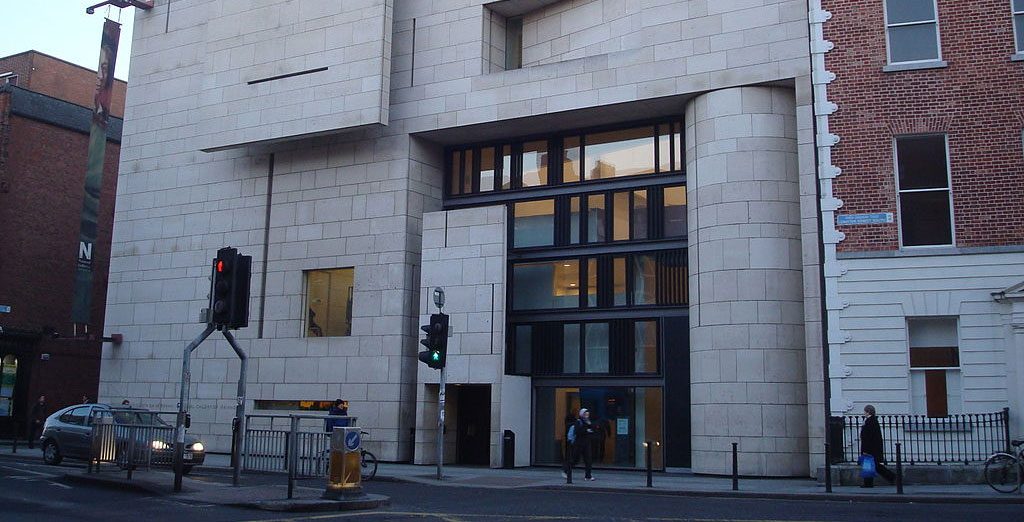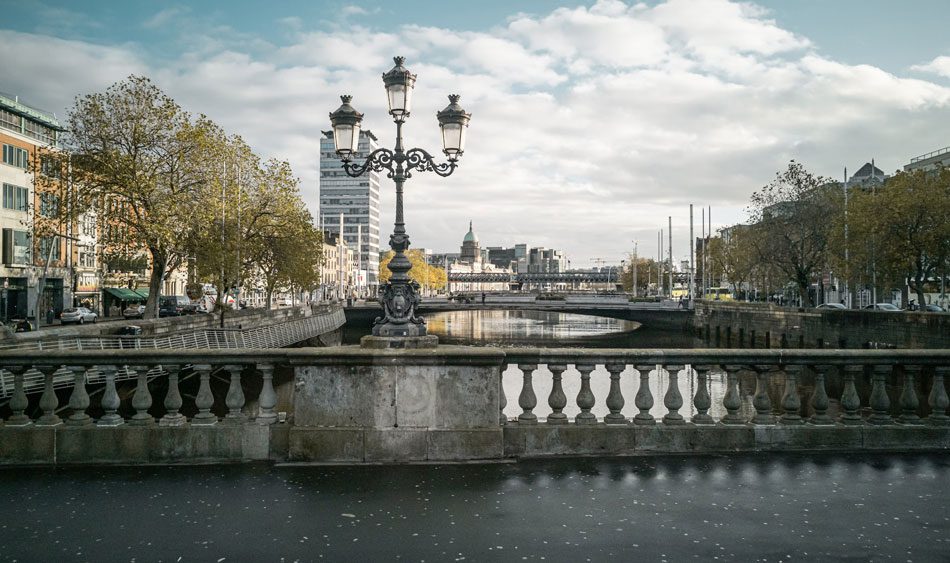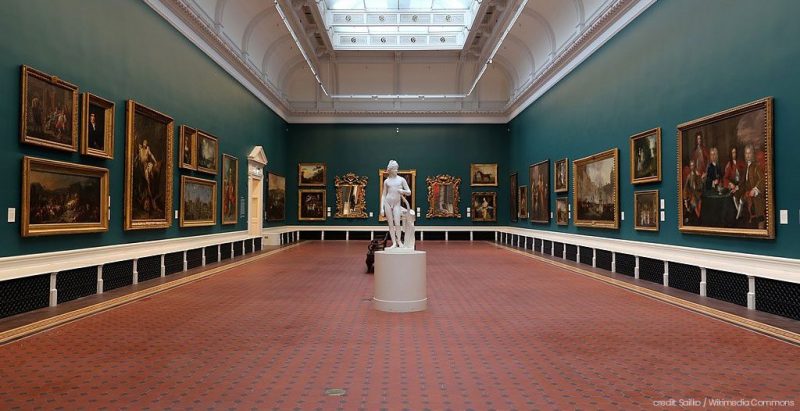The National Gallery of Ireland is a special place of attraction and a must-visit destination for all connoisseurs of art and sculpture. It is located in Dublin (the capital city) and was founded in the mid-19th century in 1854. The art gallery is one of Ireland’s most important cultural institutions.
The museum’s collection includes over 16,000 works of art ranging from the early Renaissance to the contemporary, spanning seven centuries of art history. The collection includes monumental works by master creators like Caravaggio, Vermeer, Rembrandt, Monet, Picasso, and more. Alongside, there’s also an extensive collection of work by Irish artists like Jack B. Yeats, William Orpen, and Sean Keating.
Given its age, the building has undergone several renovation works in the past and is a unique blend of historic and modern architecture today consisting of several wings. The original building of the museum is the Dargan wing which houses a phenomenal collection of European art. In more recent times, expansions to the building have resulted in the addition of wings like the Millennium wing that houses a collection of Irish art and hosts temporary exhibitions. It also has an education center and a cafe. The Beit Foundation gifted the Beit wing to the museum which houses a collection of European art, including works by Vermeer, Goya, and Rubens.
The museum’s collection of European art is particularly focused on French and Dutch paintings.
The museum has a combined collection of permanent exhibits and temporary ones. You will require an average of 2-3 hours to cover the permanent collection. Depending on the availability of time and interest, you can also check out the temporary exhibitions on display at the museum for which you may have to assign another hour or two. If you deeply appreciate art, the National Gallery of Ireland has much to offer provided you spend at least half a day fully exploring the museum’s extensive collection. This will leave you with ample time to attend a guided tour or participate in an educational program.
Highlights That Make it a Must Visit Place

The National Gallery of Ireland is an art lover’s paradise filled with a stunning collection of artworks spanning several centuries. Check out the unmissable features and highlights of the museum below.
Collection of Irish Art — You cannot imagine an impressive museum like the National Gallery of Ireland to be without the artistic works and contributions of Irish maestros like Jack B. Yeats (brother of the celebrated Irish dramatist, poet, and writer of the 20th century, William Butler Yeats), William Orpen, and Sean Keating. Their works are a reflection of Irish history, culture, and traditions.
The European Collection — The Dargan Wing houses a rare and inimitable collection of European art that provides a fascinating insight into the evolution of art in Europe. The collection includes some of Italy’s greatest artists like Caravaggio, Botticelli, and Fra Angelico. The museum also has an impressive collection of Dutch art such as those by Vermeer, Rembrandt, and Van Gogh.
The French art collection includes works by Monet, Degas, and Renoir. Two of Spain’s most celebrated artists – El Greco and Goya — also have their works immortalized on the walls of the museum. The museum also has a strong collection of Flemish art, including works by Rubens and Van Dyck. The German art collection includes works by artists like Durer and Cranach.
The Beit Wing — The Beit Wing is an impressive example of modern/contemporary architecture. It houses works by Rubens, Goya, and Velazquez. The Beit wing was donated to the museum by Sir Alfred Beit and his wife Lady Beit in 1987. It was designed by the renowned British architect, Benson & Forsyth. It comprises over 200 works of art. It also includes a conservation laboratory where the museum’s conservators work to preserve and restore the artworks in the collection. The laboratory is open to the public and provides them an opportunity to take a glimpse at the conservation processes that help to preserve the artworks for future generations to enjoy.
Temporary Exhibitions — The museum hosts a variety of temporary exhibitions throughout the year, featuring works by contemporary artists as well as themed exhibitions that explore different aspects.
Guided Tours — The museum offers insightful and informative guided tours to visitors about the works on display and the history of the museum.
What You Should Know of Timings and Tickets
The National Gallery of Ireland is open to the public all days of the week, however, with varying operation timings. Please take a look: Mondays — 9:15 am to 5:30 pm; Tuesdays to Saturdays 9:15 am to 7:30 pm; and Sundays and Bank Holidays — 11:00 am to 5:30 pm.
The gallery is closed on certain days of the year like Good Friday, and on December 24th, 25th, and 26th.
Admission to the permanent collection of artwork at the gallery is free. However, there are charges for temporary exhibitions, special events, guided tours, and educational programs.
It is recommended you book your tickets for such events in advance and online to avoid last-minute disappointments because tickets sell fast. Visit the museum’s website to know about the latest updates.
Phone, Address and How to Reach

The National Gallery of Ireland is located in Dublin, the capital city of Ireland. Here is the address if you plan to visit —
Merrion Square West
Dublin 2, Ireland.
For queries or feedback, call +353 1 661 5133 and write to info@ngi.ie or feedback@ngi.ie.
Reaching the museum by public transport is by far the most sustainable and economic way. The nearest bus stops are Merrion Square West, Clare Street, and St. Stephen’s Green. Luas Green Line stops at St. Stephen’s Green and Dawson Street which is a short walk away from the gallery.
Parking is limited in the area but you can park your car within walking distance of the gallery such as at St. Stephen’s Green Shopping Center Car Park, Q-Park Dawson Street, and Setanta Car Park.
By Foot — The place is easily accessible on foot from the city center. The museum is centrally located and is close to many of Dublin’s main attractions, including St. Stephen’s Green, Trinity College, and Grafton Street. If you are a health enthusiast who is keen to ride to the museum, you can find several bicycle stations near the museum.

